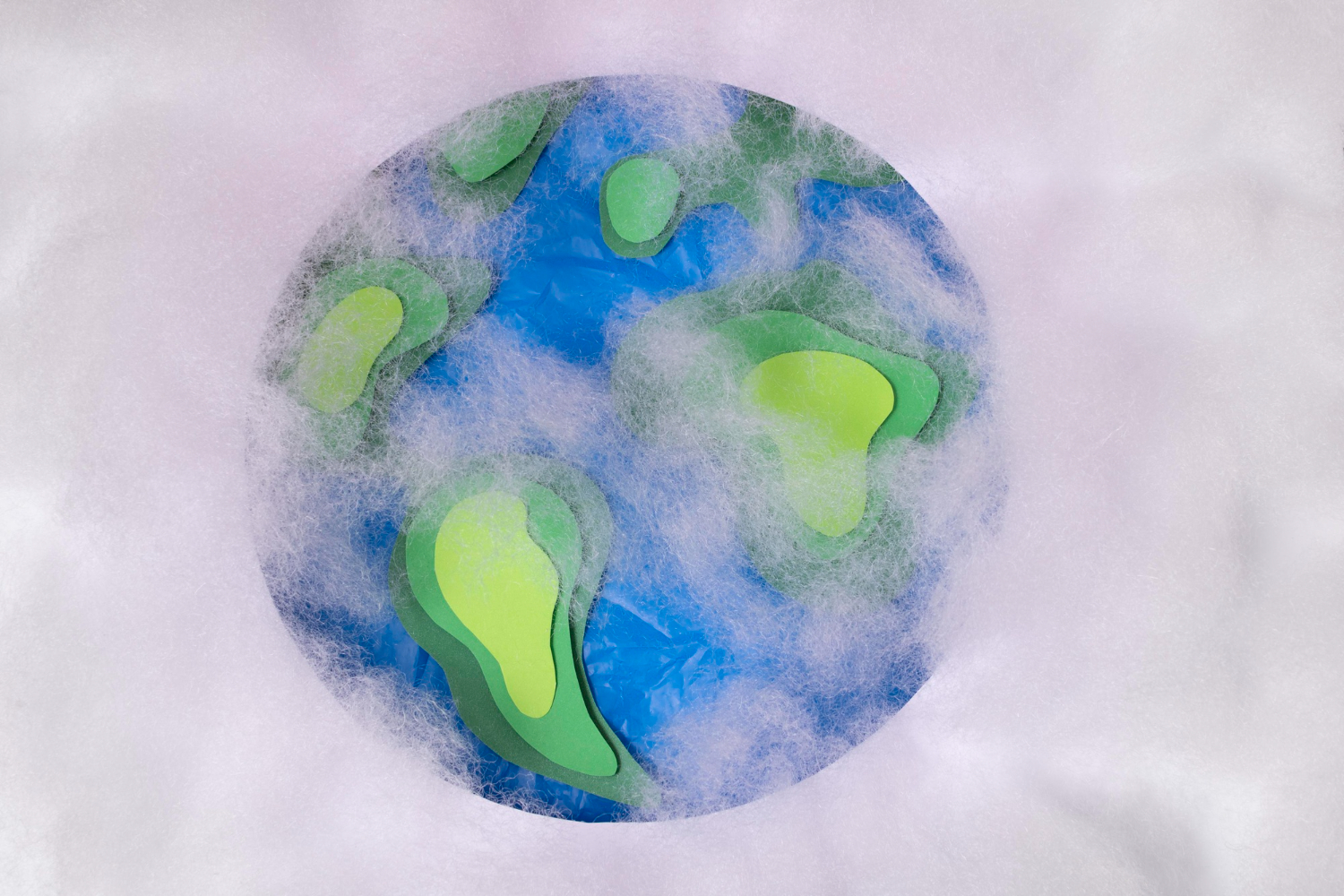Climate change is one of the most urgent issues facing our world today. Artists in Britain are responding to this crisis through their work, using their creativity to raise awareness and inspire action. By highlighting the effects of climate change, artists hope to convey the urgency of the situation and encourage people to think about their role in protecting the environment.
British artists have a unique perspective on climate change, rooted in the country’s diverse landscapes and weather patterns. From the rolling hills of the countryside to the bustling streets of the cities, the impact of climate change is visible everywhere. This close connection to the environment influences the way artists approach the subject, making their work both personal and powerful.
Through various techniques and mediums, artists are able to express complex ideas about climate change in a way that is accessible and engaging. Whether through painting, sculpture, or digital art, these works provoke thought and discussion, encouraging viewers to consider the consequences of their actions. By bringing attention to the issue, British artists play a crucial role in the fight against climate change.
Understanding Climate Change Through Art
Climate change can be a complex and overwhelming topic, but art has the unique ability to make it more understandable. British artists use their work to break down scientific concepts and make them more relatable to the public. Through visual storytelling, abstract representations, and emotional expression, they can convey the seriousness of climate change in ways that words alone cannot.
Art helps bridge the gap between scientific data and public understanding. Many people may find the statistics and technical jargon surrounding climate change difficult to grasp. However, when they see the impact of climate change portrayed in artworks, whether it’s a painting of a melting glacier or a sculpture made from recycled materials, the message becomes clear and impactful. This visual representation can make the abstract concept of climate change more tangible and urgent.
Artists also use their work to highlight the local effects of climate change, making the issue more immediate to their audience. For example, coastal erosion, flooding, and pollution are all depicted through various art forms to show how climate change is affecting Britain’s landscapes. By focusing on these local issues, artists can create a stronger connection with viewers, prompting them to consider their own role in the fight against climate change.
Prominent Themes in British Climate Change Art
British artists explore several prominent themes in their climate change artwork, each offering a different perspective on the issue. One common theme is the depiction of natural disasters and environmental degradation. These images serve as stark reminders of the consequences of inaction. Scenes of wildfires, rising sea levels, and barren landscapes convey the urgency of the climate crisis and the immediate need for solutions.
Another important theme is the concept of human impact and responsibility. Many artists focus on how human activities, like industrialisation and deforestation, contribute to climate change. These works often include elements of irony, juxtaposing natural beauty with the devastation caused by human hands. This approach encourages viewers to reflect on their own behaviours and the broader implications of their lifestyle choices.
The theme of hope and resilience is also significant in British climate change art. Some artworks emphasise the potential for positive change and the importance of collective action. These pieces might depict restored natural habitats, communities coming together to combat environmental challenges, or innovative solutions to reduce carbon footprints. By highlighting these positive aspects, artists can inspire viewers to take action and believe that it is possible to make a difference.
Artists also explore the intersection of climate change with social justice. Environmental issues often disproportionately affect marginalised communities, and British artists use their work to bring attention to these inequities. By integrating themes of social responsibility and fairness, the artwork encourages viewers to consider how climate change impacts different groups and the importance of creating inclusive solutions.
Techniques and Mediums Used to Address Climate Issues
British artists employ a variety of techniques and mediums to tackle the complex topic of climate change. One popular method is the use of recycled materials. By repurposing discarded objects like plastic bottles, metal scraps, and paper, artists can make powerful statements about waste and sustainability. These materials often add texture and context to the artwork, deepening its impact and relevance.
Digital art is another effective medium for addressing climate issues. Utilising digital technology allows artists to create dynamic and interactive pieces that can reach a wide audience. Animation, virtual reality, and digital collages can simulate the devastating effects of climate change, making it more relatable and pressing. These digital works often circulate widely on social media, amplifying their message and sparking conversations.
Installations and sculptures also play a crucial role. Large-scale installations can dominate a space, forcing viewers to confront the realities of environmental degradation head-on. These works can be especially effective in public spaces where they catch the attention of people who might not visit traditional art galleries. Sculptures made from natural elements like wood, stone, and plants can symbolise the resilience and fragility of our environment, offering a tactile connection to the natural world.
The Impact of Art on Climate Change Awareness
Art has a remarkable ability to raise awareness and inspire change. In the context of climate change, British artists are leveraging their craft to educate and motivate the public. Exhibitions and public installations draw attention to environmental issues, turning art galleries and urban spaces into platforms for advocacy. By engaging with art, people can better understand the severity of climate change and the need for urgent action.
Art often serves as a conversation starter, prompting discussions about environmental policies and personal responsibility. When people view climate-themed art, they are encouraged to think critically about their own actions and the steps they can take to combat climate change. These discussions can lead to increased support for sustainable practices and environmental initiatives, both at the individual and community levels.
Educational programs and workshops offered by artists and galleries further enhance the impact of climate-focused art. These initiatives provide valuable information about climate change and offer practical ways for people to get involved. By combining artistic expression with education, these programs ensure that the message of climate action reaches a broader audience and has a lasting effect.
Art can also offer emotional relief and solidarity in the face of climate anxiety. Many people feel overwhelmed by the scale of the climate crisis, and art can provide a sense of hope and community. Seeing how artists are addressing climate change can inspire others to take action, fostering a collective effort to protect our planet.
Conclusion
British artists are making significant strides in raising awareness about climate change through their innovative and impactful work. By exploring various themes, employing diverse techniques, and using a range of mediums, they are able to convey the urgency of the climate crisis in a way that resonates deeply with viewers. Art has the power to transform our understanding of climate change, encouraging more people to engage with this critical issue.
At White Court Art Gallery, we are proud to showcase the works of modern and contemporary British artists who are at the forefront of this movement. Explore the transformative power of abstract expression art in addressing climate change. Discover pieces that speak to both the mind and the heart, and join us in the fight for a healthier planet.

